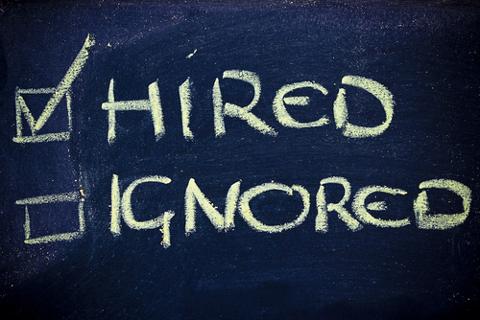At their core, résumés are marketing documents that connect your skills and experience to employers’ needs. So as you create yours, think of yourself as a marketing director: Research the target audience, brainstorm ideas, and develop a marketing and communications strategy before you start writing. 
The Basics
The first step is to review résumé samples—we've got free ones here. Select a simple design that lists your education and coursework before your experience, and includes a section for computer languages, operating systems and other technical expertise. It’s best to create a Microsoft Word document that converts easily to plain text. When you need a printed version, always use quality 8 1/2-by-11 white bond paper and use no more than two font types, preferably 12-point Times New Roman or Arial. Use bold type or bullets only to emphasize key points. Next, search for résumé action verb lists online. Finally, have handy all pertinent information. Your résumé needs to be accurate, so refer to a recent transcript for your GPA, and a course catalog so you can include the titles and descriptions of key technical courses. You'll also need a list of your student projects, internships, awards, extracurricular activities and the exact dates of paid or volunteer positions.
Research
Print out the job descriptions for your targeted positions. Highlight keywords describing the skills, competencies and traits required by each employer. These include job titles, software program titles, hardware names, soft skills and attributes like strong communications skills, teamwork and problem-solving capabilities—even industry buzzwords. Then pepper your résumé with these because employers use an algorithm to select candidates based on keyword matches. In fact, make sure your résumé is search engine friendly so employers can find it online. Be sure to research the industries you want to work in so you can understand their dynamics. Ask yourself how you can provide appropriate solutions. Put yourself in the employer’s shoes and think about what kind of person you'd want to hire to deal with their challenges. Finally, map your experience, skills and attributes to the employer’s needs and requirements, and highlight them. Remember, do this each time you apply somewhere. Customization is critical.


